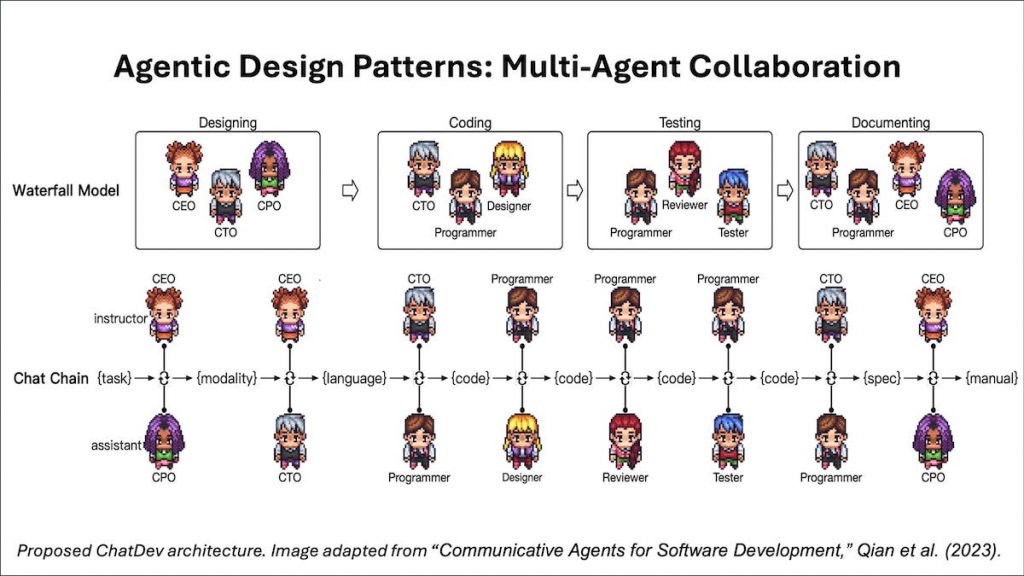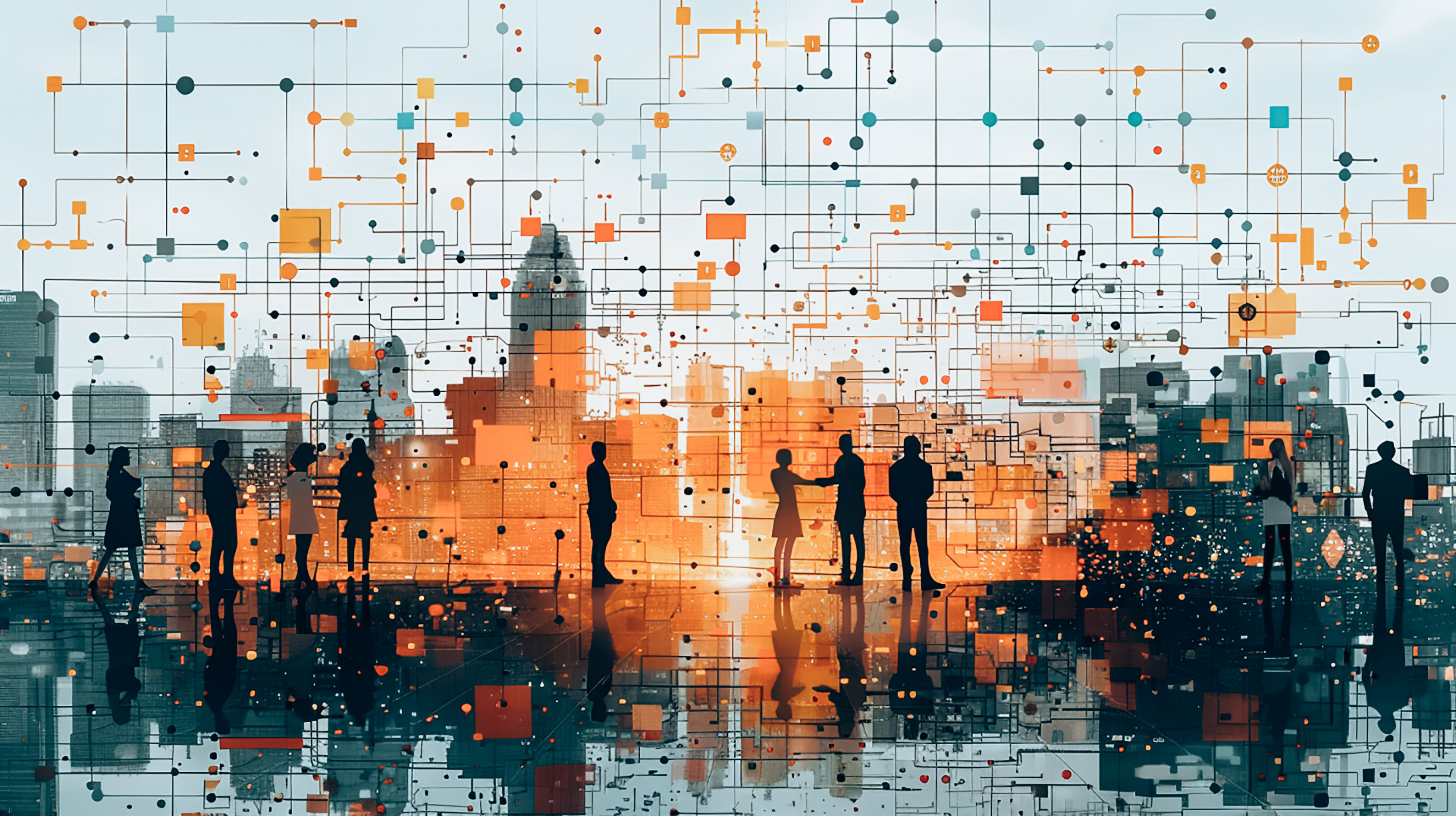In today’s fast-changing AI world, multi-agent collaboration reshapes how we tackle challenging problems. Just as human teams rely on people with unique skills, AI multi-agent collaboration lets different AI agents take on specific roles to achieve a common goal.
The Multi-Agent Approach
Think of a big project like building software. It usually involves engineers, product managers, designers, and quality assurance (QA) experts. With a multi-agent system, each of these roles is assigned to an AI agent, creating a team of agents working together toward the same objective.
The beauty of this approach is its flexibility. Large Language Models (LLMs) can create these agents, each with a unique focus. For example, a coding agent might be instructed to write clear, efficient code. This focused approach helps each agent perform its role effectively.
Why Multi-Agent Collaboration Works

Using multiple AI agents, even from the same LLM, might seem strange at first, but it’s effective for several reasons:
- Superior Performance: Studies like the AutoGen paper by Wu et al. (2023) show that using multiple agents leads to better results. This approach allows agents to specialize, focusing on their specific tasks.
- Simplified Workflow: Breaking complex tasks into smaller subtasks makes the whole project more manageable, leading to greater efficiency and better outcomes.
- Structured Task Management: The multi-agent design pattern mirrors how human teams break down large projects. It offers a straightforward way to assign tasks and manage AI agents.
Emerging Multi-Agent Frameworks
As interest in multi-agent collaboration grows, new frameworks are emerging to support this approach. AutoGen, Crew AI, and LangGraph are popular frameworks that provide tools for creating multi-agent solutions. They allow agents to communicate and collaborate on complex workflows.
If you want to see multi-agent collaboration in action, try out ChatDev. It’s an open-source project where AI agents run a virtual software company. This project shows how agents can work together to achieve complex goals, providing an engaging and interactive experience.
Conclusion
Multi-agent collaboration is a powerful way to harness the strengths of AI agents for complex projects. By breaking tasks into smaller subtasks, this approach boosts efficiency and performance. As AI technology evolves, multi-agent collaboration will likely play a more significant role in AI development.
If you want to explore multi-agent collaboration further, check out these resources:
- Communicative Agents for Software Development by Qian et al. (2023)
- AutoGen: Enabling Next-Gen LLM Applications via Multi-Agent Conversation by Wu et al. (2023)
- MetaGPT: Meta Programming for a Multi-Agent Collaborative Framework by Hong et al. (2023)






